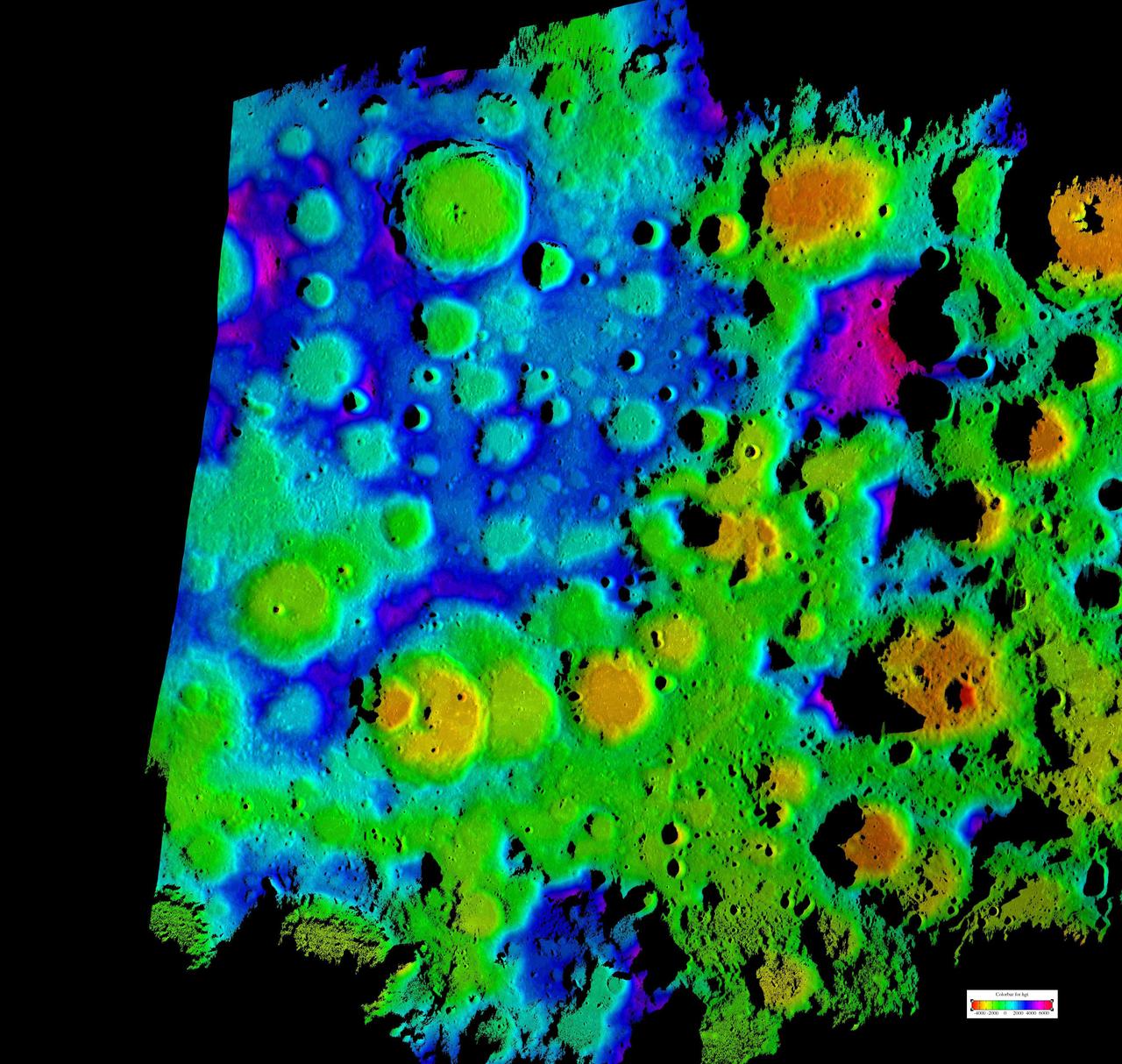Constant gusts of particles from the sun may be creating water molecules on the moon, a new NASA-led experiment hints.
Scientists have detected traces of water molecules — as well as hydroxyl (OH) molecules, a component of water — on the surface of the moon through multiple space missions. The source of this water has long been a mystery, though some theories suggest volcanism, outgassing from deeper in the lunar regolith (the combination of rock and dust on the surface of the moon), and bombardment by tiny meteorites.
The new NASA experiment, described March 17 in the journal JGR Planets, tests a different idea: that solar wind is behind it all.
Solar wind is a constant gale of charged particles streaming from the sun at over 1 million mph (1.6 km/h). It bombards everything in the solar system, including Earth, and causes colorful auroras when it collides with molecules in our atmosphere. Our planet’s magnetosphere shields us from the brunt of this space weather. The moon, however, has a very weak and splotchy magnetic field, so it is less protected.
Water is made up of hydrogen and oxygen atoms. The rocks and dust making up the surface of the moon contain a lot of oxygen but not a lot of hydrogen. Solar wind is mostly made of protons, which are hydrogen atoms missing their electrons. Without a strong magnetic field to protect it, the solar wind slams into the moon’s surface every day, seeding it with protons that steal or borrow electrons from the lunar regolith to form the hydrogen needed to make water.
Related: Earth’s moon could’ve had Saturn-like rings, new study hints

According to NASA, the water that’s been detected on the moon follows an interesting pattern — it changes on a daily cycle. Areas warmed by the sun release water as vapor, while colder regions hold onto it. If the source of water was something like micrometeorite collisions, we might expect the water to keep decreasing in warm areas until more impacts occur. However, the amounts of water detected return to the same levels every day, even as some of it is lost to space. This makes it more likely that solar wind is involved.
To test this theory, the researchers simulated the effects of solar wind striking the moon using samples of lunar regolith collected by Apollo 17 astronauts in 1972. They built a tiny particle accelerator in a vacuum to launch “mock solar wind” at the samples for multiple days, simulating the effects of the real solar wind hitting the moon for 80,000 years. Then, they measured how the chemical makeup of the sample had changed — and it showed evidence of water that wasn’t there before.
“The exciting thing here is that with only lunar soil and a basic ingredient from the Sun, which is always spitting out hydrogen, there’s a possibility of creating water,” study lead author Li Hsia Yeo, a planetary scientist at NASA’s Goddard Space Flight Center, said in a statement.
Understanding how water forms on the moon is important for future astronaut missions, the researchers said. Water ice stored at the lunar south pole could be an important resource for astronauts, for example.
The results also provide insight into the solar wind’s interactions beyond the moon. Other celestial bodies that don’t have much of an atmosphere or a magnetic field are also bombarded by solar wind, so studying how these environments change can help us understand celestial chemical processes that generate or strip away water, a key building block for life.
